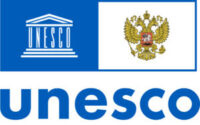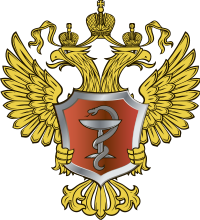Kinematic Characteristics of Movement on a Touchscreen Representation of a Virtual Object as Predictors of Its Mental Image in Preschoolers
This research aims to find objective correlatives of mental image characteristics of a virtual object in preschoolers using computer applications. It addresses the caveats of a common approach utilized to study children’s perception - verbal report. Our study relies on Leontiev’s activity theory framework about the active role of the mental image in the regulation of actions, and on the “mental image - action - more developed mental image” scheme, according to which task execution is modulated by the mental image of the context (Smirnov S.D., 1994). 18 typically developing children (9 boys, 9 girls) from 3,58 to 4,58 years old (Mage = 4,16 years, SD = 0,38) participated. They executed a virtual task “place a cube on a shelf” using a touchscreen. The linear coordinates of the cube’s center of gravity were recorded with every 0,01 sec. Each participant completed three trials: the first two trials served as a basis for the formation of a mental image of the moving object, expected to regulate the execution of the task during the third trial. Additionally, we assessed the children’s perception of a virtual cube’s weight with a nonverbal weight task (Kloos H., Amazeen E.L., 2002).
The virtual cube’s weight was identified as “light” by 14 participants, and as “heavy” by 4 participants. Cube kinematic characteristics from the third trial were compared between the “light” and the “heavy” groups. Median value of the initial acceleration was 205,9 mm/sec22 and 22,7 mm/sec2 in the “heavy” and “light” group respectively. Acceleration peaked at 0,15 sec and 0,25 sec in the “heavy” and “light” group respectively. The collected data has significant inter-individual variability. To validate the attribution of the results to the difference in anticipation of participants of the virtual object’s “weight”, the control of an additional variable “maturation of motor control” is necessary.

Russian Psychological Society
e-mail: ruspsysoc@gmail.com

Federal Scientific Center for Psychological and Interdisciplinary Research,
Moscow, Russia
e-mail: forumdigitalchildhood@gmail.com

Psychology Department of the Lomonosov Moscow State University,
Moscow, Russia
e-mail: psy@psy.msu.ru









